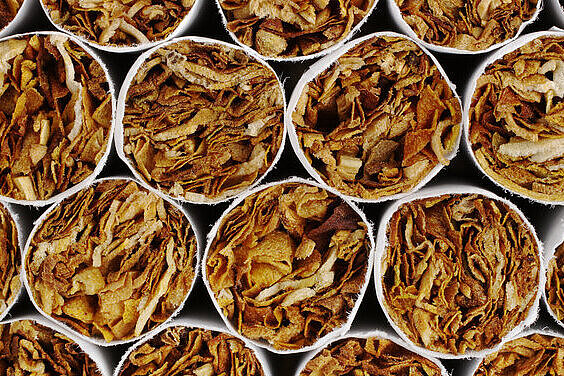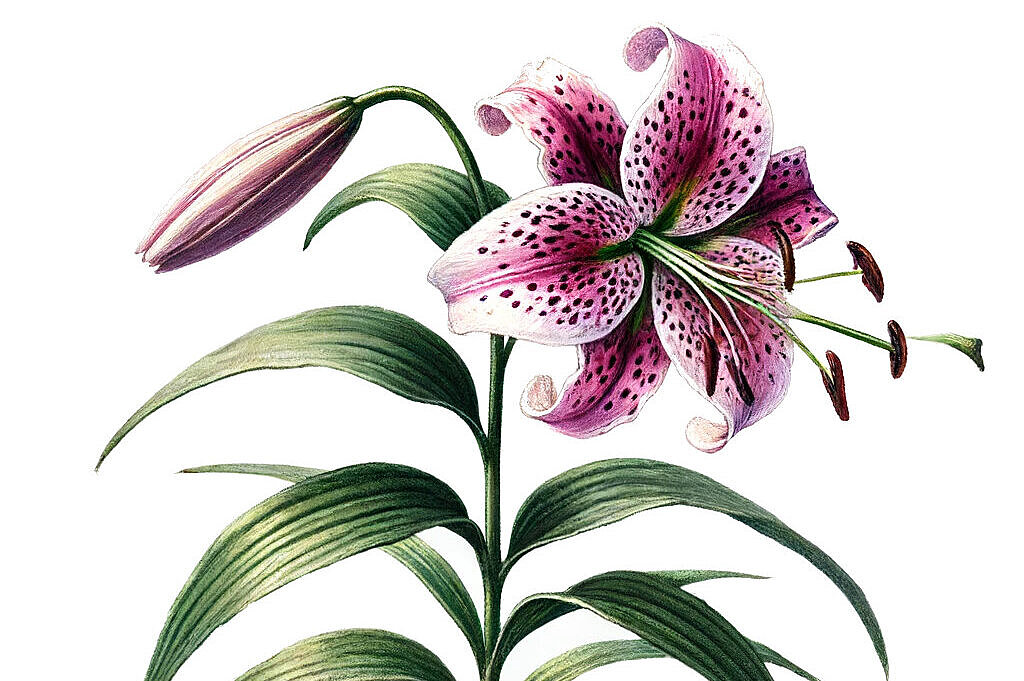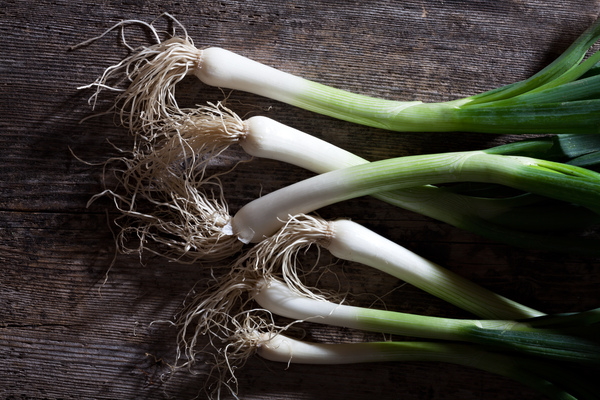Feeding toxic
If an ingredient in a dog's diet says "feeding toxic", it means that this specific ingredient is toxic or harmful to your dog and should not be fed. There are certain foods and substances that may be safe for humans but are toxic to dogs.
Some common examples of foods that are toxic to dogs are chocolate, xylitol (a sweetener found in many sugar-free products), grapes and raisins, onions, garlic and certain types of nuts. Some plants and medicines can also be toxic to dogs.
When a dog ingests a toxic substance, symptoms can vary depending on the type of substance and the amount ingested. They can range from mild digestive upset to serious health problems such as kidney failure or neurological disorders.
If you suspect that your dog has eaten something poisonous, it is important to see a vet immediately. Keep the packaging or a sample of the substance in question to help the vet diagnose and treat it.
To avoid such dangers, it's important to educate yourself about safe and unsafe foods for dogs and to pay attention to what your dog eats. Make sure you keep foods that are toxic to dogs out of their reach.










